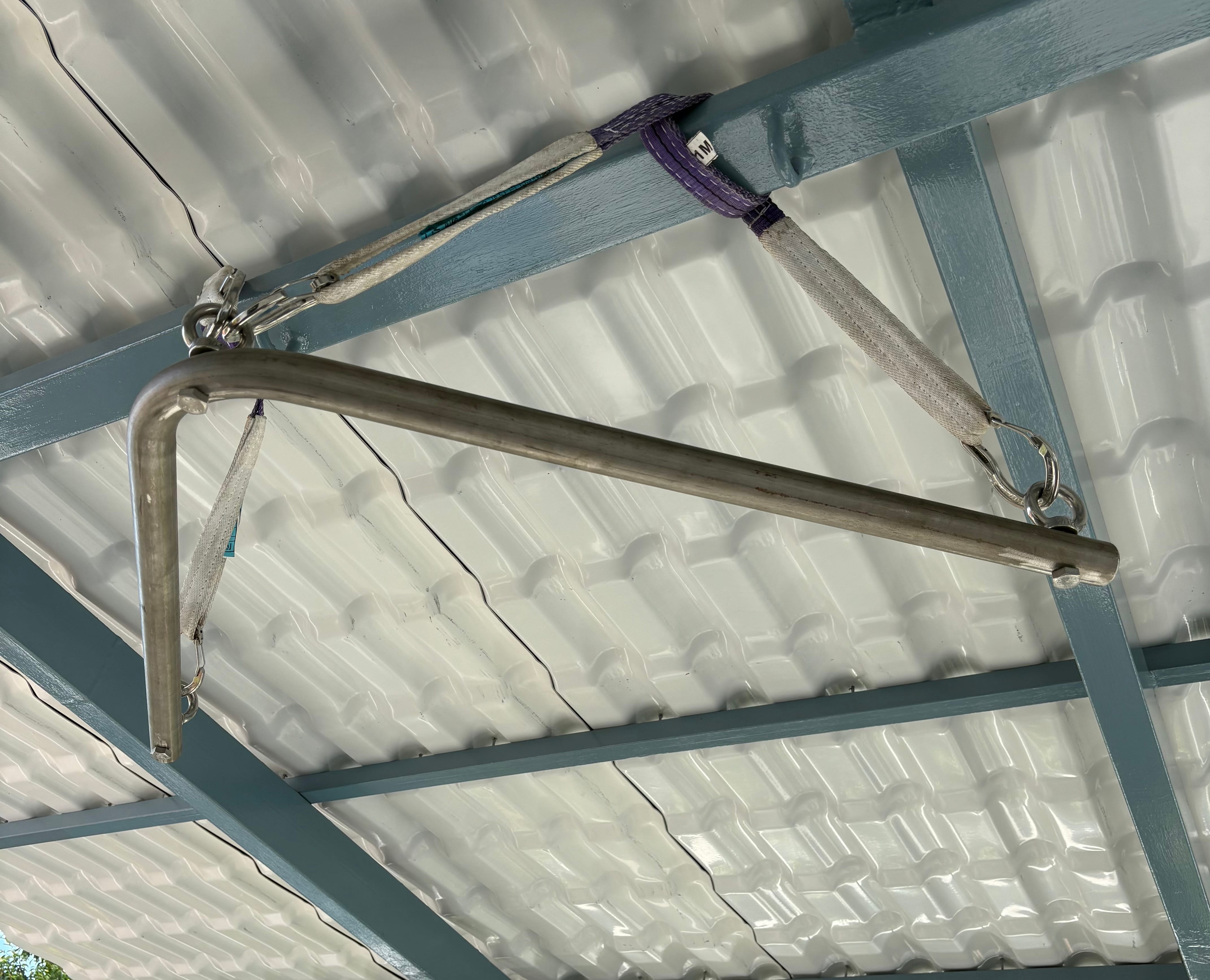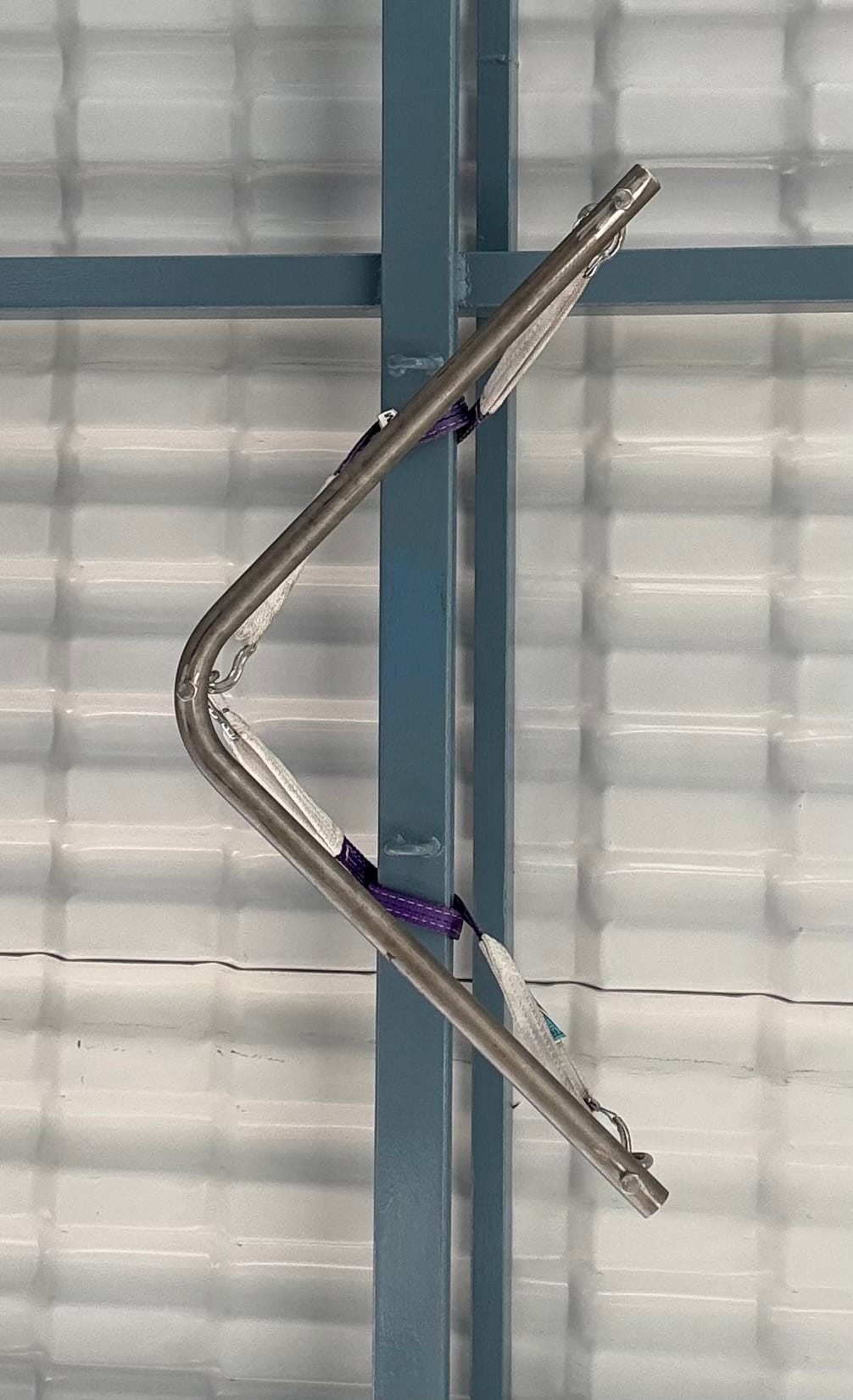

Here’s my idea for reinventing the pull up bar.
Pull up bars are usually straight. Or run parallel to each other. There are other instruments like rings and suspension trainers that have handles for each arm that spin.
My pull up bar (christened spider by my
daughter) is made by bending or welding bars at a perpendicular angle. You then use the bar by holding it on either side of the bend or weld.
It might not sound revolutionary. But i think the resulting position for pull ups or chin ups with a prone or supine grip feels distinct and more comfortable.
It is a 4 month old invention. And the early results have been encouraging. People who are not comfortable in straight bars or neutral bars (even with cueing to pack their shoulders) are comfortable with this bar.
My theory is the your starting position on the vertical pulling movement has a significant impact on how your scapula and shoulders move. The ease with which your scapula can protract and retract, glide, elevate and depress. Same goes for the shoulder. How freely it can roll back external rotate and internally rotate can determine how comfortable you are with pulling. If it’s too challenging to engage your shoulders and scapula, your arms tend to kick a lot more. This happens with the chin-up. It’s easier for your brain and body to use the muscles around the arm by bending it to lift your body weight vertically.
Takeaway
Pull ups are hard due to two reasons:
1. You are pulling your body weight. This is not insignificant.
2. It involves four major patterns: the wrist rotates, the elbow bends and straightens, the shoulder rotate, the scapula rotates, elevates/depresses, retracts/protracts. The starting position can involve varying degrees of rotation of the scapula, shoulder, wrist and elbow. This will determine the ease with which you can recruit different muscles and complete the movement.